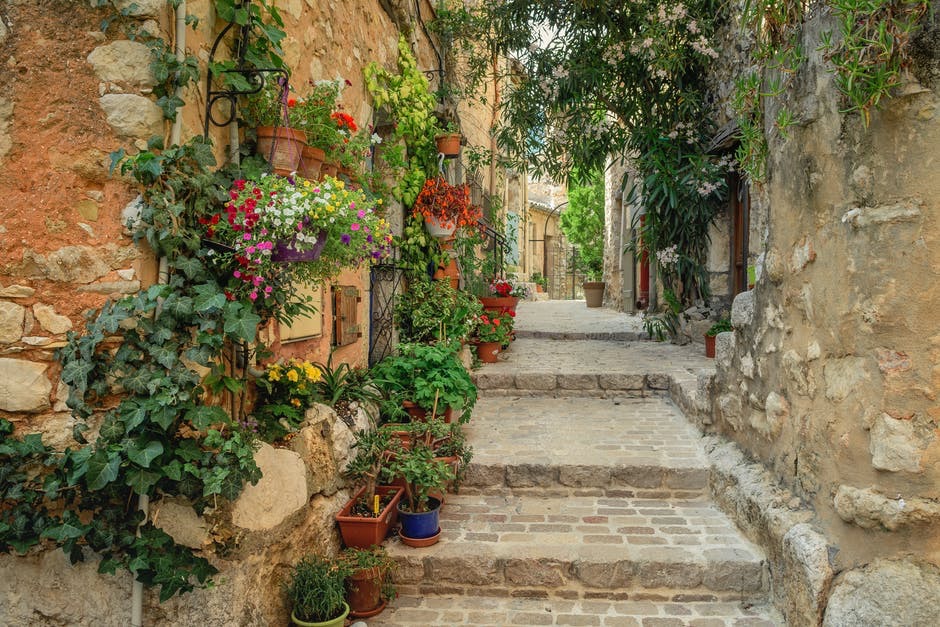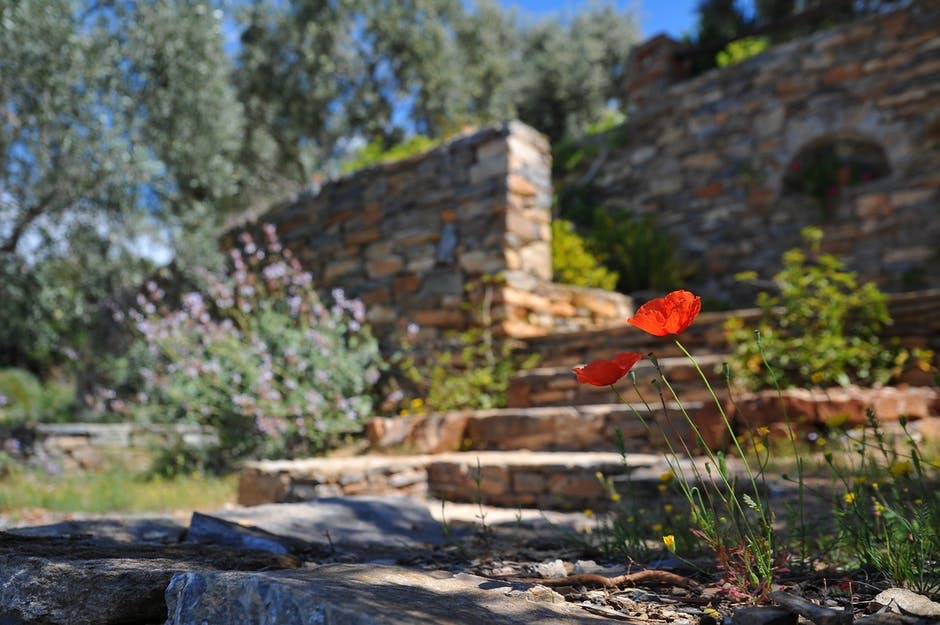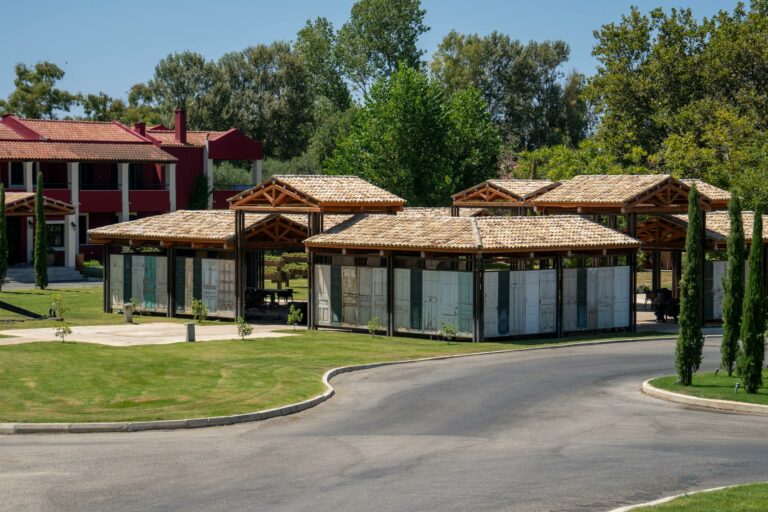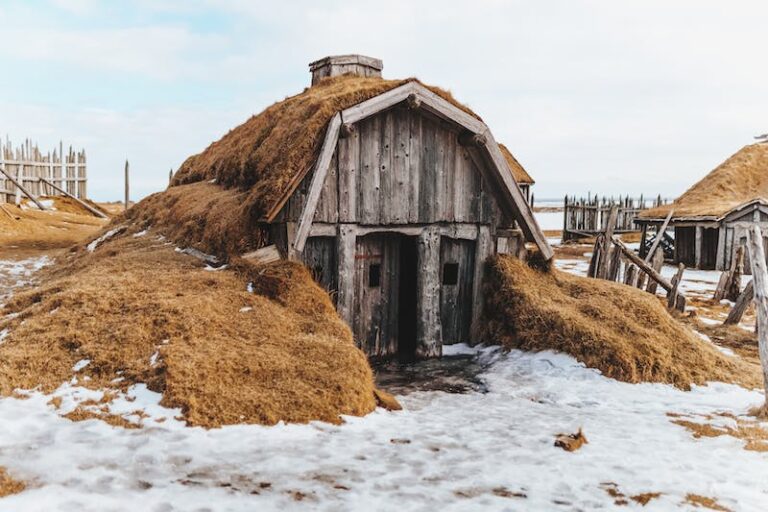The season, at least at time of writing, is coming to an end. Soon, gardeners, landscapers and home owners are going to be focusing less on how their garden is going to look, and more on cleanup before the winter sets in. At least, this is a perspective coming from the soon to be winter wonderland Stouffville, Ontario. Those living in hotter, less wintery climates need not worry about the cold, harsh, snowy winter that approaches.

And yet, though the season has almost come to an end, there are still some who may want to do some final touches on their gardens. Perhaps there are homeowners, gardeners and landscapers out there who have neglected their garden chores over the summer, perhaps they weren’t financially able to finish what they wanted to have done, perhaps there were some other circumstances that contributed to an unfinished garden. The point is this- the following article will be for those who want to build a retaining wall for their garden, yard or anywhere else they may desire a retaining wall.
But what is a retaining wall? For what is a retaining wall used, or rather why does one need a retaining wall? And finally, can the average homeowner or gardener build themselves a retaining wall, or will they require the help of a professional landscaping company in their area? These questions will be answered over the course of this article. In fact, the answers will begin right… now.
What is a retaining wall?
Perhaps the most important question to answer right off the bat is what exactly is a retaining wall? Some homeowners and gardeners may have heard the term, and most professional landscapers will of course be familiar with the term, but for all those who aren’t familiar or don’t know, this portion is for them.
The key to what exactly is a retaining wall is hidden in the name. Most of the time, a retaining wall is a big wall of either stone, concrete or other hefty wall-building materials that retains soil or some other material in a garden or yard.

For those gardeners, homeowners and landscapers that have some sort of incline in the backyard, they would most likely recognize a retaining wall. If they have some sort of material that would otherwise spill over, or perhaps even erode, into the rest of the yard, they likely have a retaining wall keeping that material at bay.
The ones who don’t however, and need a new retaining wall, are going to have to build one. There are a couple of key factors one must keep in mind when choosing to build a new retaining wall. Factors like:
The location. Sure, where to put the retaining wall may seem obvious (in front of the thing that needs to be retained), but there are a couple of factors within the idea of the location of a retaining wall. What are the property lines? Does the home owner wishing to build this new retaining wall know the location of all the above and below ground utilities, so they can avoid an unforeseen accident? What are the natural draining patterns? There are more questions one must ask, but it would take up the whole article. The best thing to do is to in the very least consult with a professional landscaper.
The soil or material needing to be contained. Say there is a gardener or homeowner out there who needs to contain some soil in their yard behind a retaining wall. Here is what to keep in mind when choosing the soil that goes behind a retaining wall- it should be firm, it should be soil, strong and a little bit wet. Damp is perhaps a better word for the soil.
Drainage. Water is the bane of any retaining wall. It is truly essential that one has good drainage in their retaining wall, as if not the wall will eventually fail.
But it’s not as simple as just “building a new retaining wall”, as there are many different retaining walls, and one must pick the one that they think would work best for their yard or garden.

Here are some different types:
- Cantilevered. These walls use leverage, often with a T shape, with the top of the T sometimes buried underground.
- Counterfort. These retaining walls use support on the backside of the wall,
- Gravity. The gravity retaining wall uses its weight to keep the soil behind it.
- Gabion Mesh. Mesh wire boxes filled with stones.
There are a couple more, but those are the basics. Most of the time, gardeners, homeowners and landscapers are going to use the gravity wall, but that may not always be the right choice.
But the question is, say someone would want one of those gravity retaining walls, how would one go about building it? The truth is retaining walls may look easy to build, but they require a lot of know-how and expertise. So yes, a gardener or homeowner with a lot of knowledge of construction may be able to put together a functioning retaining wall, but the best thing to do is to consult a professional landscaping company. They will have done a retaining wall many times and will make sure it is one that will survive the years, even through the treacherous Stouffville winters. Heck, a professional landscaping company could build a retaining wall that would last any treacherous winter, it’s just all about finding the right one. And yes, while building the retaining wall may be hard, finding the right landscaping company may not be as hard as one may think. In fact, it may be right under their nose.

And so, this article about retaining walls has come to an end. Today we have discussed what exactly a retaining wall is, we discussed what one must look for before attempting to build a retaining wall, we learned a little bit about the different types of retaining walls, and finally, we learned that one should not attempt a retaining wall without significant know how or experience. And now… all there is to do is put all that information together and build the wall.





